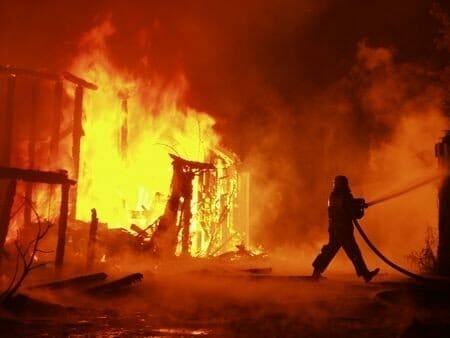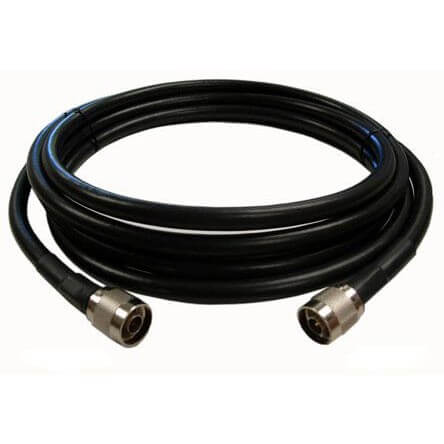
Same Day
Shipping for
Online Orders
Before 1pm
30 day
Money Back
Guarantee

Why Use Low or No Halogen Cables?
Powertec Telecommunications has always been a believer in low smoke, low halogen cables. It is just not worth the risk to you, your clients and their families to use anything but low or no halogen products.
But why?
Read on further to understand the risks and to make an educated decision about cables.
Fire Safety
It is important to ensure that overall your building follows best safety practice and cables play an important part. Electrical conduits connect each part of the building so the possibility is that they are a major culprit in spreading fire.
One of the most common causes of deaths in fires is smoke inhalation.
Powertec Telecommunications Commitment to Safety
So put some extra thought into your choice of cable. For the sake of your health, the health of your customer and the health of the environment choose low or no halogen cables. Powertec supply Low Smoke Halogen Free (LSHF) Outer jacket cables in the following types:
Powertec LMR240 Cable – More HERE :
Powertec LMR400 Cable – More HERE

What are Halogens?
Halogens include any of the elements fluorine, chlorine, bromine and iodine. Whilst some halogens can be toxic, some are essential for the functioning of the human body and there are others that you use in regulated quantities within your own home – like the fluoride in your water (and toothpaste), and the chlorine in your pool.
Halogen Use in Plastics
Halogens are also widely used as flame retardants in a variety of plastics, including the PVC that can form part of the cable cover, protecting the wires.
Unfortunately, while halogens help keep plastics from catching fire and restricting the flames, they can also release hazardous gasses if the plastic actually does catch fire.
Carcinogenic substances are all by-products when plastics including halogens burn. And it gets worse. The vapour form is dangerous, but they can also condense into caustic acids when they come into contact with water. Hydrochloric acid is one such by-product. Hydrochloric acid is a clear, colourless, highly pungent solution which is a highly corrosive, strong mineral acid.
Request a Free Consultation
Get an expert appraisal of your connectivity needs.





